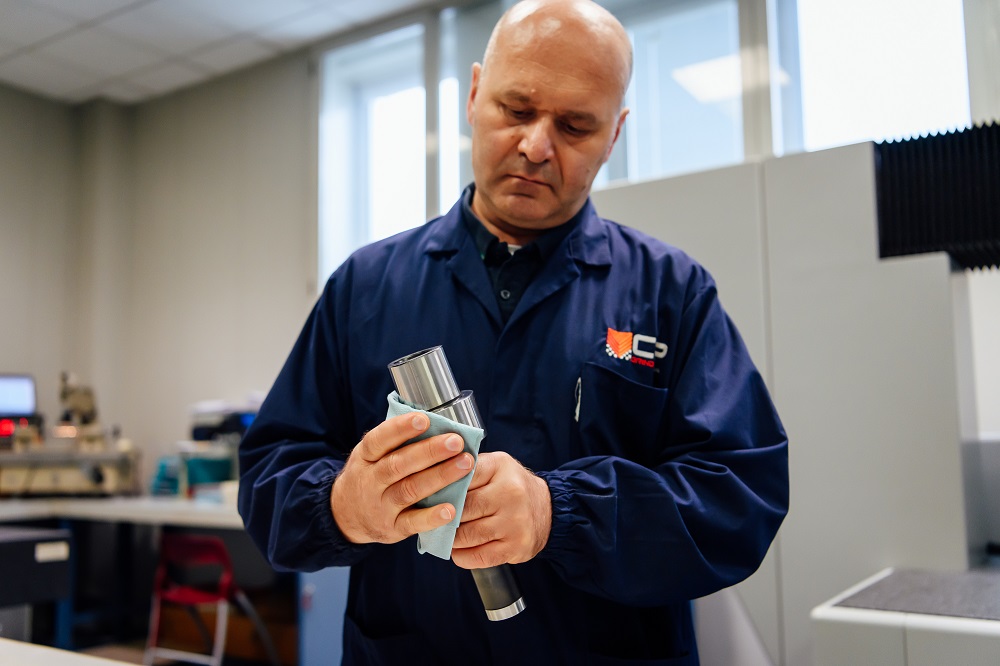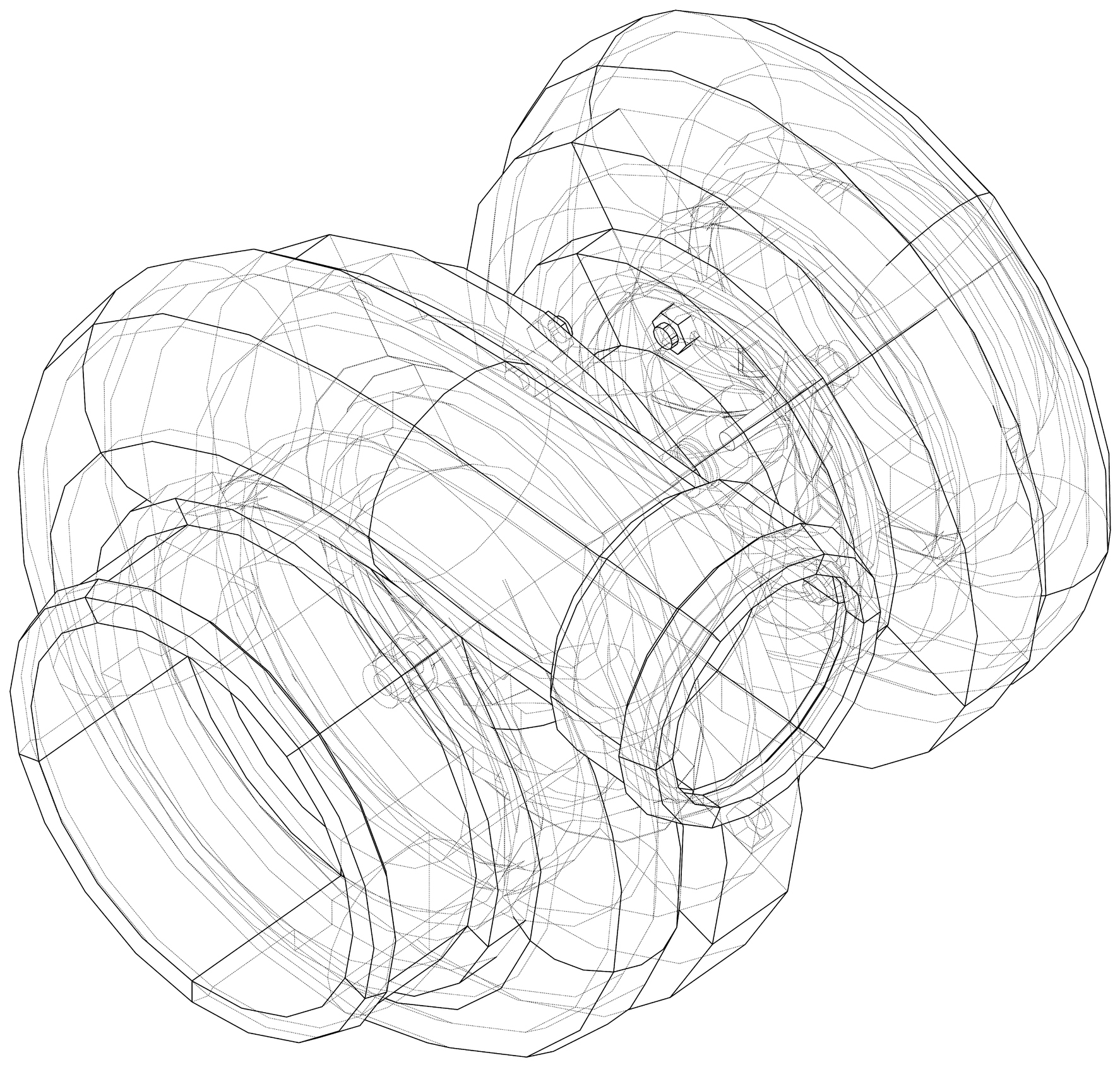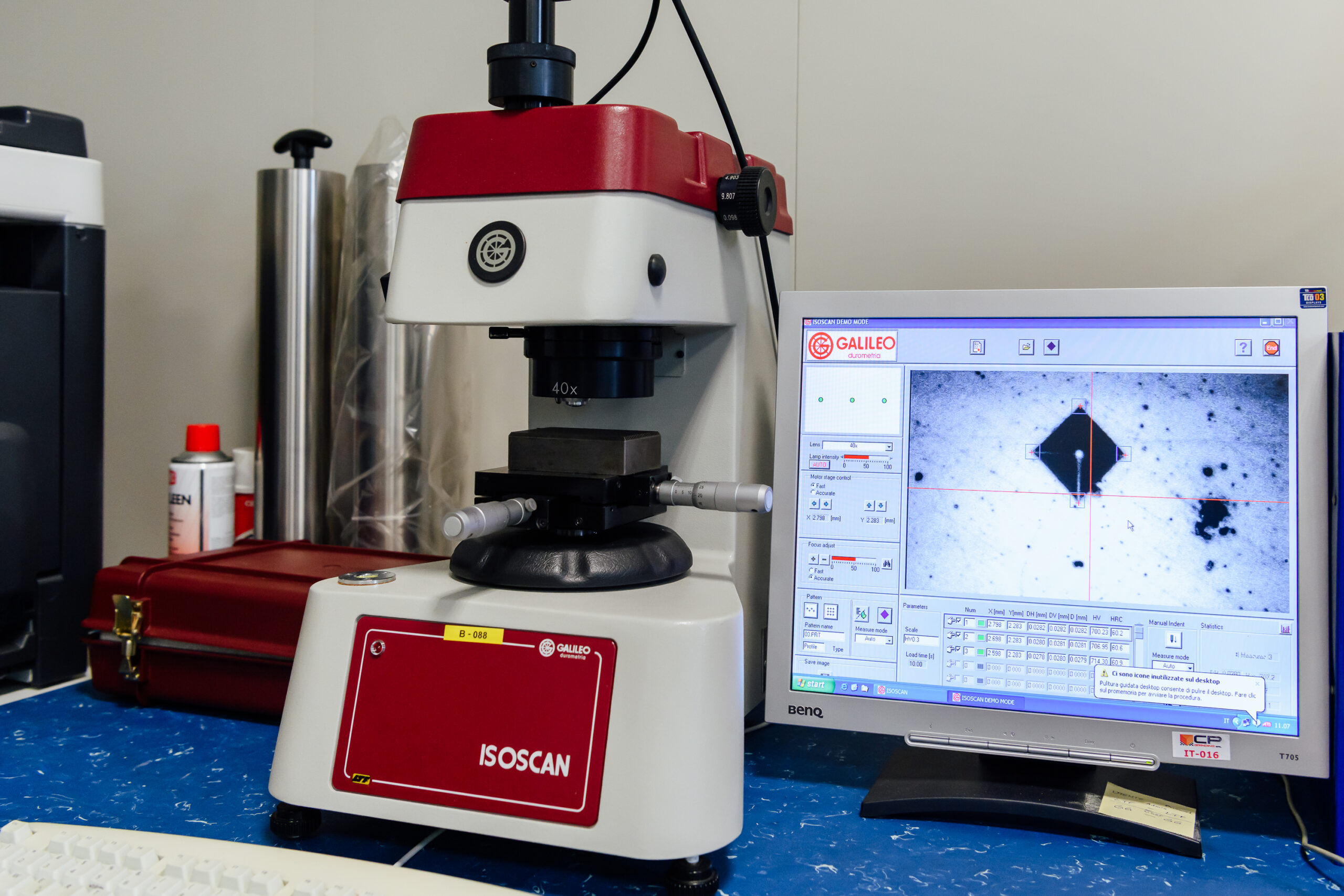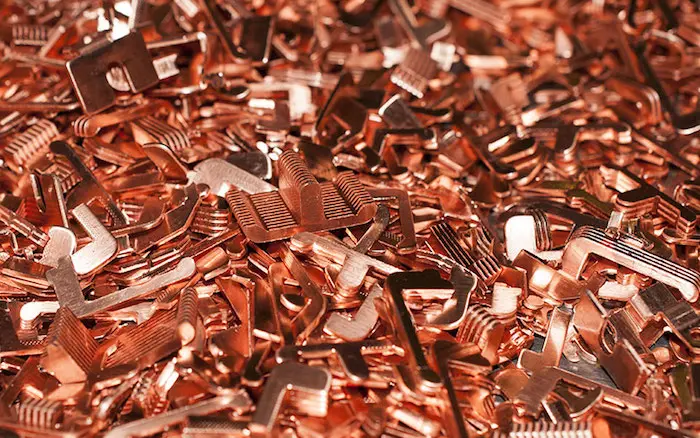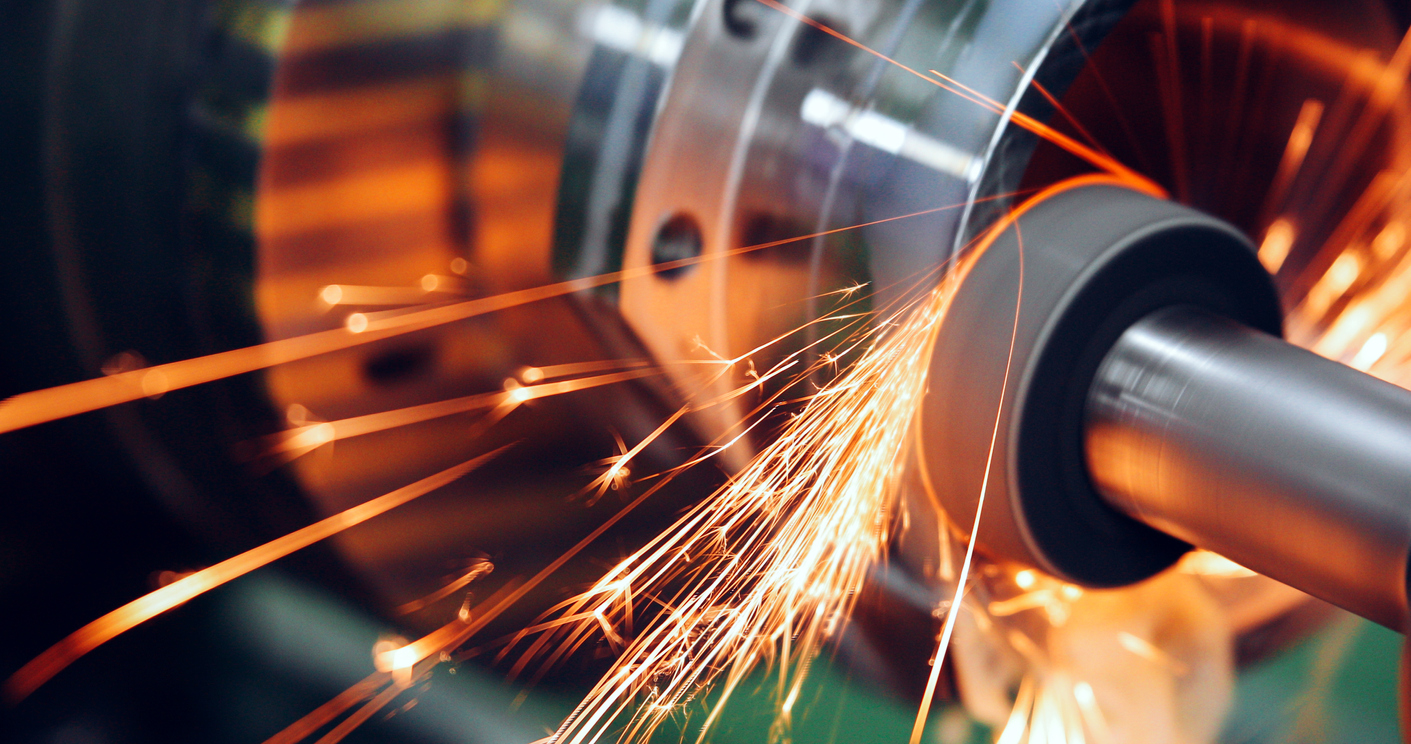Targeting systems are special systems that operate to assist a weapon in the aiming operation. A targeting system is made of different elements such as a computer, a calculator and a radar.
Balancing techniques in precision mechanics
The term balancing refers to an operation that identifies and corrects weight imbalances in the wheels of motor vehicles.
Imbalance is a phenomenon present in every body that performs a rotary movement; systems tool + tool on the machining centers are an example.
Imbalance generates a centrifugal force that increases linearly with the imbalance and quadratically with the number of revolutions: the faster a rotor turns, the higher the imbalance will be.
Using specific balancing techniques, the distribution of the masses of a rotor is rearranged to balance them.
Balancing can take place on a static or dynamic plane. On a static plane, the static part of the imbalance is compensated by bringing the rotor’s center of gravity back on the axis of rotation while with the balancing on a dynamic plane there is a complete compensation of the imbalance.
Our solutions
For what particularly concerns the production of all types of tool holders and shanks attached to milling machines, cutting centres and high speed cutting centres (HSC) not only for the steel and light alloy industries but also for the processing of other materials such as wood, marble and glass, each single part manufactured is compliant to the DIN 2080, DIN 69871, MAS 403 BT, DIN 69893-5 /HSK standard provisions. The tool holders we produce furthermore feature specific anticorrosion heat treatments and assorted balancing techniques relating to high speed.
Contact us for more information.
Anti-corrosive heat treatments
Corrosion is a chemical process that causes the gradual deterioration of a solid substance, mostly a metal, due to external agents.
Corrosion is a natural and irreversible process with electrochemical nature and it determines a chemical-physical interaction of metals with the surrounding environment.
The process of corrosion can be avoided by using specific interventions such as anti-corrosive heat treatments that are part of the so-called passive anti-corrosive treatments.
Passive anti-corrosive heat treatments put a stop to corrosion by exploiting a passive type of protection in which protection serves to insulate the metal’s surface from the external environment.
Anti-corrosion treatments that can be applied on mechanical parts
When it comes to mechanical partes, several anti-corrosion treatments can be used. The most common are:
- Galvanic process: this process sees the galvanization of the component and a passivation bath in order to create a metal cover to protect the component from external agents and chemical aggressions.
- Organic polymers: by this process the component is covered with organic polymers that protect it from external aggression.
- Zinc plating: the component is immersed in a zinc bath; the oxidation proceeds on the zinc and the iron will remain protected until the zinc is consumed.
- Chromium plating: the component is coated with a thin layer of chromium that is applied electrolytically.
- Cathodic coating by immersion: this system is obtained by connecting the protective film to a cathode to ensure that it is attracted electrolytically to the metal of the component.
Our solutions
For what particularly concerns the production of all types of tool holders and shanks attached to milling machines, cutting centres and high speed cutting centres (HSC) not only for the steel and light alloy industries but also for the processing of other materials such as wood, marble and glass, each single part manufactured is compliant to the DIN 2080, DIN 69871, MAS 403 BT, DIN 69893-5 /HSK standard provisions. The tool holders we produce furthermore feature specific anticorrosion heat treatments and assorted balancing techniques relating to high speed.
Contact us for more information.
Wheel hubs in precision mechanics for the racing industry
In mechanics, when we talk about hubs we refer to the central part of a wheel (generally a rotating organ) that has the function of supporting the bearings housed inside it to allow the component that will be mounted above it to rotate.
Turbochargers in precision mechanics for the racing industry
A turbocharger is a supercharger driven by a turbine powered by the engine’s exhaust gases. It is a mechanical system that has the purpose of supercharging the internal combustion engine.
Machining center: what it is and how it works
The machining center is a multifunctional machine tool equipped with CNC numerical control that allows to perform a large number of mechanical operations such as threading, drilling and milling using only one set-up on multiple surfaces. The machining center has multiple motion axes and an automatic tool exchange system.
Most used materials in precision mechanics
Precision mechanics processes metals in order to transform them into finished products, whether they are individual parts or machine components. These parts must be worked with a high level of precision to suit their specific function and correspond to the machine or system in which they are to be mounted.
Parameters of Turning Operation
We have dedicated an article to turning in precision mechanical machining and to the most common types of turning processes, now we want to deepen the parameters to be calculated for the machining.
Centreless grinding: what it is and how it works
Centerless grinding is a machining process designed to produce particularly thin and small components that cannot be easily locked between the spindle and the tailstock. This type of grinding allows the production of cylindrical components.
History of grinding
The use of stones and other natural abrasives to process materials such as metals has been widespread since ancient times, just think of the smoothing operations that were carried out in ancient Greece.



